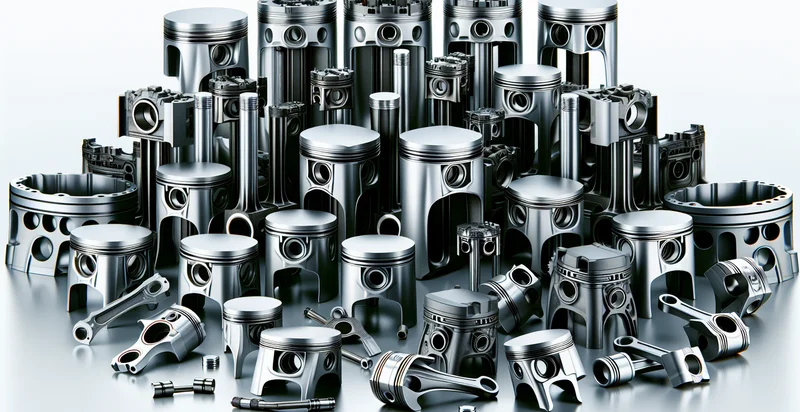Identify telescope types
using AI
Below is a free classifier to identify telescope types. Just upload your image, and our AI will predict what type of telescope it is - in just seconds.

Contact us for API access
Or, use Nyckel to build highly-accurate custom classifiers in just minutes. No PhD required.
Get started
import nyckel
credentials = nyckel.Credentials("YOUR_CLIENT_ID", "YOUR_CLIENT_SECRET")
nyckel.invoke("telescope-types", "your_image_url", credentials)
fetch('https://www.nyckel.com/v1/functions/telescope-types/invoke', {
method: 'POST',
headers: {
'Authorization': 'Bearer ' + 'YOUR_BEARER_TOKEN',
'Content-Type': 'application/json',
},
body: JSON.stringify(
{"data": "your_image_url"}
)
})
.then(response => response.json())
.then(data => console.log(data));
curl -X POST \
-H "Content-Type: application/json" \
-H "Authorization: Bearer YOUR_BEARER_TOKEN" \
-d '{"data": "your_image_url"}' \
https://www.nyckel.com/v1/functions/telescope-types/invoke
How this classifier works
To start, upload your image. Our AI tool will then predict what type of telescope it is.
This pretrained image model uses a Nyckel-created dataset and has 20 labels, including Altazimuth Telescope, Apo-Chromatic, Cassegrain, Catadioptric, Compound, Dobsion, Ed Refractor, Giant Telescope, Image Intensifier Telescope and Infrared Telescope.
We'll also show a confidence score (the higher the number, the more confident the AI model is around what type of telescope it is).
Whether you're just curious or building telescope types detection into your application, we hope our classifier proves helpful.
Related Classifiers
Need to identify telescope types at scale?
Get API or Zapier access to this classifier for free. It's perfect for:
- Telescope Model Verification: This function can be utilized by telescope manufacturers to automatically verify the model of telescopes during quality control. By classifying images of telescopes, manufacturers can ensure that the correct models are being produced and assembled, leading to better product accuracy.
- Retail Inventory Management: Retailers can implement this image classification function to streamline inventory management processes. By automatically identifying telescope types in their stock through image recognition, retailers can maintain accurate inventory levels and facilitate easier restocking processes.
- Online Marketplace Listings: E-commerce platforms can employ this classification tool to enhance user experience by automatically tagging telescope listings with the correct type. This will not only improve searchability for consumers but also minimize the occurrence of incorrect product listings.
- Educational Purposes: Educational institutions can use this technology for science education, allowing students to learn about different types of telescopes through an interactive platform. By classifying images of telescopes, students can engage with educational material that helps them understand optics and astronomy better.
- Astronomy Community Forums: Online astronomy communities and forums can integrate this classification function to better organize and categorize user-generated content. By classifying posted images of telescopes, the platform can provide users with targeted recommendations and discussions based on their interests.
- Event Management for Astronomy Events: Event organizers can utilize this tool to manage and promote telescope exhibitions and workshops. By classifying various telescope types in promotional materials, the organizers can tailor content and presentations to the interests of attendees, improving engagement.
- Insurance Claim Processing: Insurance companies can implement this image classification function to expedite claims for damaged or lost telescopes. By accurately identifying the telescope type in submitted images, claims can be processed more efficiently, leading to faster settlements for policyholders.


